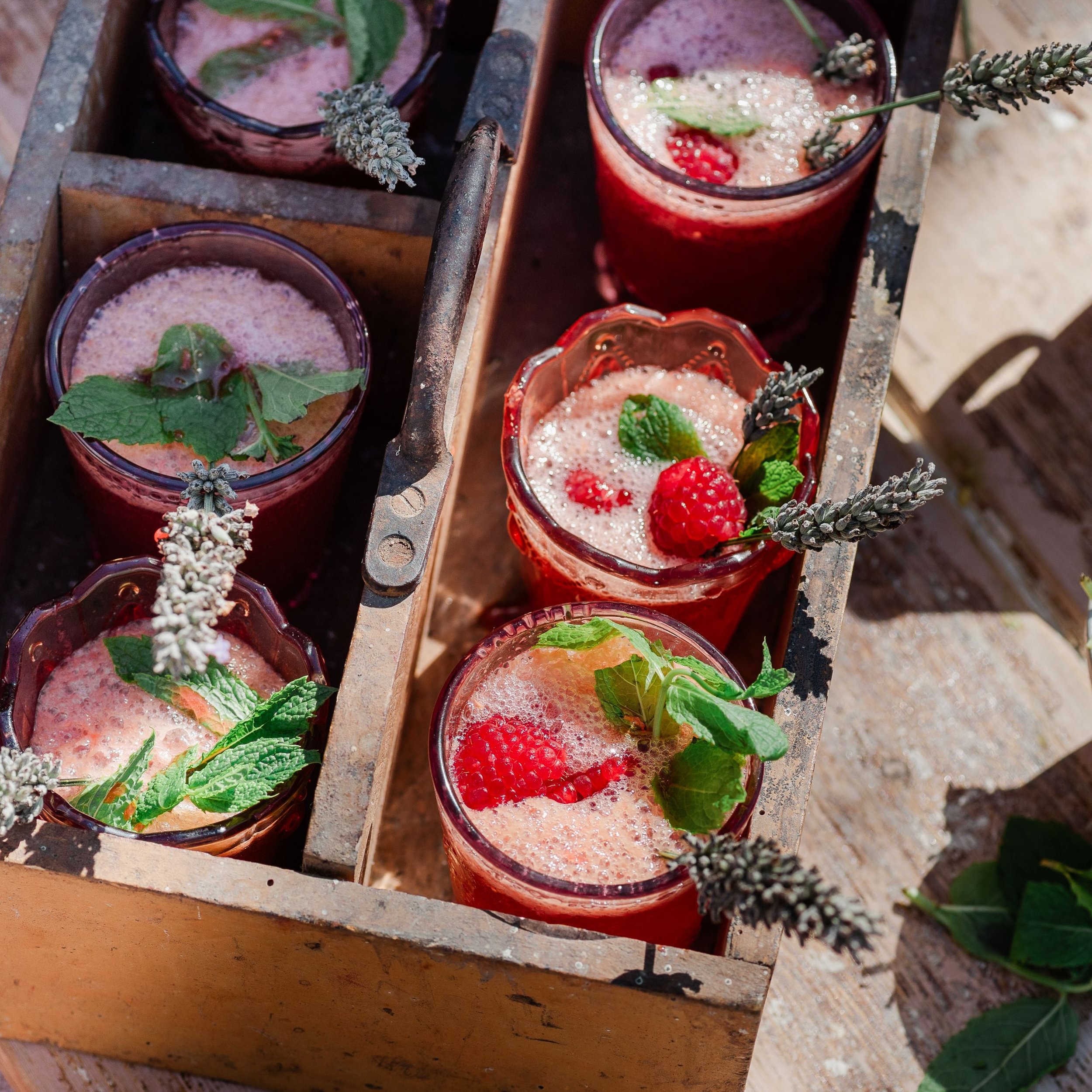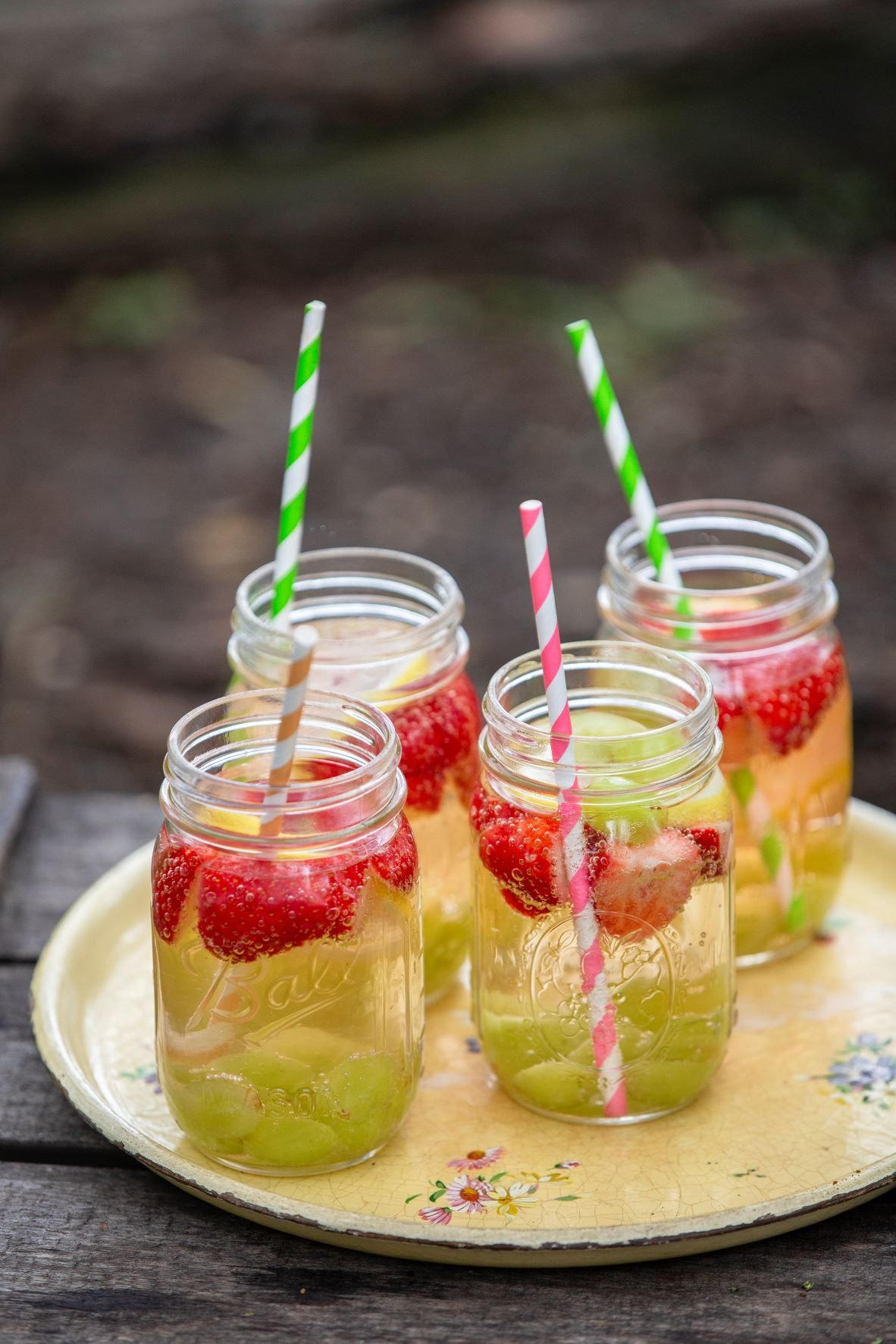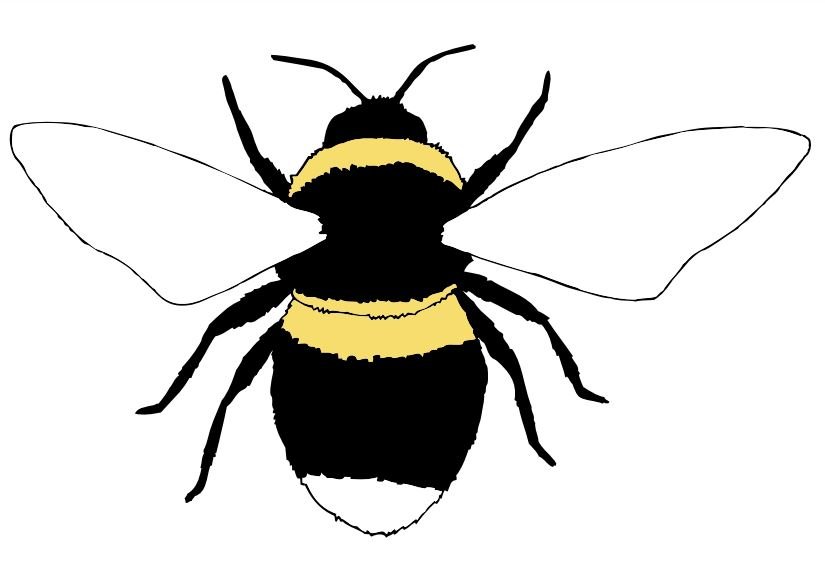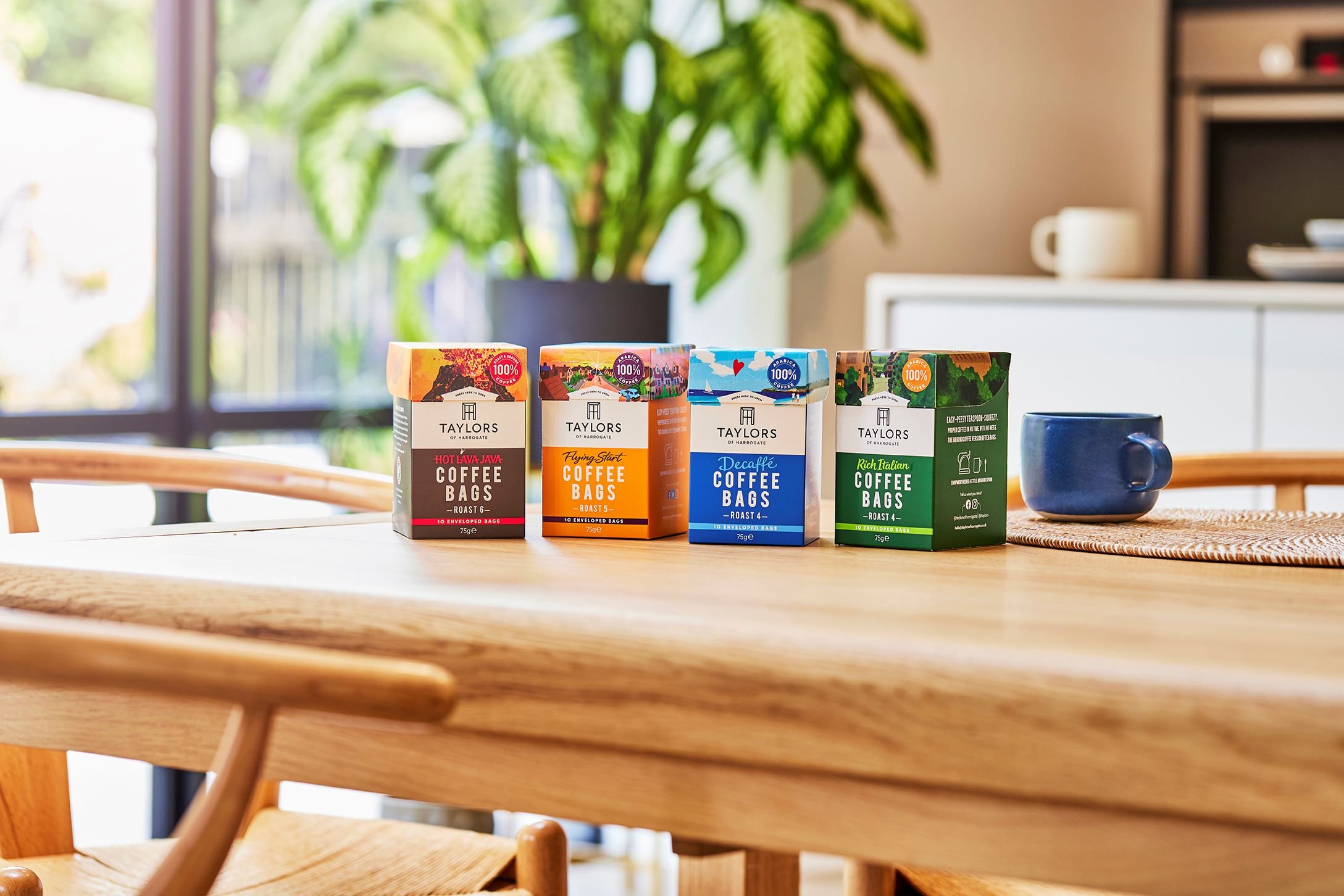Sheds on allotments should be a sanctuary as well as a storage space. Tools are clearly important but there’s much more to an allotment shed. Here are a few of our favourite
‘could-haves’ for yours.
Whether you have a shed on your own allotment, a working shed for your own veg patch, or are just dreaming… you’ll know that sheds are small spaces that can easily become overrun. Here are a few things we think an allotment shed can’t do without, from the most useful tools to the best items to make your shed a little haven.
1. A few good tools. Otherwise, let’s face it, what you have is a Wendy house. A spade, fork, rake, hoe and some secateurs or a good knife should cover most bases and do all the jobs you need throughout the year.
2. Planting aids. A ball of string or planting line for planting those rows of radishes nice and straight, and a ruler if precise spacing is important to you. A pencil for ‘dibbing’ and writing on seed packets. A small trowel for planting out seedlings. And, of course, a watering can.
3. Harvest help. This is what allotments are all about isn’t it? We know an ice cream tub will do but treat yourself to a lovely trug so you can feel properly pleased with your homegrown spoils when you bring them in. A few empty tubs will be useful too, particularly for small, soft fruit.
4. Outdoor comforts. A kneeler makes a lot of allotment jobs easier, and easily slides into a corner of your shed. Worth making room for is a decent deck chair, from which to sit back and admire your work. A wool blanket is a sensible addition too - good for draping over chilly knees or shoulders as the sun sets or for spreading on the ground in the event of an impromptu allotment picnic.
5. Crossword solver. Because everyone knows the best way to do a crossword is while watching over the veg beds on a Sunday morning. Bonus points for managing to pick up the Sunday papers on your way to the allotment, but you can always keep a book of crosswords in your shed, too, for puzzle emergencies. Use your dibbing pencil for your crossword or keep a spare in your crossword solver.
6. Radio. Quiet enough not to disturb your fellow allotment-owners, of course, but a little battery-powered radio is a nice bit of company in your shed if the rain clouds roll in. Bring on the afternoon play!
7. Comestibles. A tin of good biscuits is an allotment shed staple. You need biscuits that are a bit more than your usual workaday fare - definitely at the lavender shortbread side of the spectrum rather than the plain digestive side. Get a selection if you can, too. Biscuits are a great way to make friends with your allotment neighbours. A selection of fruit teas is a good idea, too. Bring a flask of boiled water and a couple of tin mugs with you and you’ll always have freshly made hot drinks on tap.
8. A battery-powered lantern. Inevitably, you will at some point take on a job that’s too long for the day. When you realise the sun has got the better of you, a small lantern will help you close up your shed and find your way back home safely.
The allotment shed pictured above belongs to Kelly Haworth (@ohhomelygirl) and is one of the sheds featured in our May issue in ‘Shed Ahead’ by Julian Owen.
Buy this month's The Simple Things - buy, download or subscribe
More from our May issue…

























































